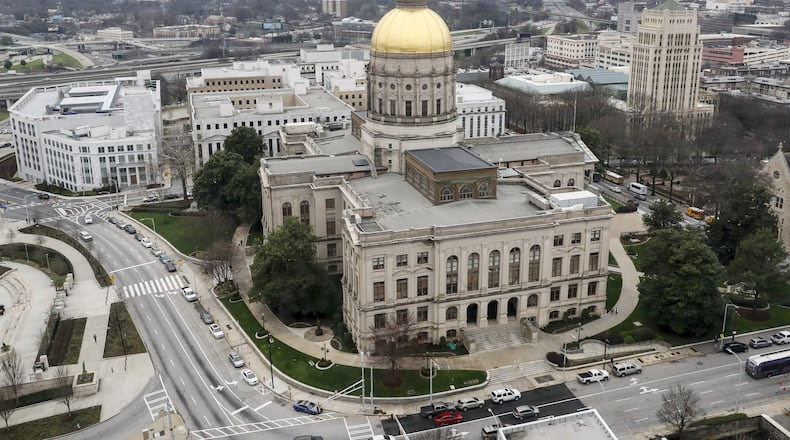On the eve of the special session dedicated to redrawing political lines, Republican legislative leadership released draft proposals of maps for the House and Senate chambers that eliminate some rural Georgia districts.
The proposal shifts several House districts from South Georgia to the north and west toward Atlanta and some of the state’s other larger cities to make up for the loss of rural population and growth in urban centers. The Senate proposal moves Senate District 7 from South Georgia to Gwinnett County.
Many of the districts in rural Georgia also got a little larger as the those near cities shrank to accommodate the growing population in both proposals.
For example, Forsyth County, which had the second largest percentage population growth between 2010 and 2020, was carved into seven House districts. Currently there are five House members who represent parts of Forsyth County.
“Through an inclusive, exhaustive and transparent process, we have produced a fair and equitable map representative of Georgia’s changing demographics and shifting population centers that is in full compliance with the spirit and letter of the law,” said House Speaker David Ralston, R-Blue Ridge.
House District 7, which Ralston represents, was one of three districts where the boundaries wouldn’t change, under the House proposal.
The Senate proposal dissolves the South Georgia district currently represented by state Sen. Tyler Harper — an Ocilla Republican who is running for agriculture commissioner — to bolster neighboring rural districts that lost residents. District 7 would move to Gwinnett County, bumping the number of senators with constituents in that county from seven to eight.
Senate District 14 would be dissolved into its neighboring in North Georgia districts and move into Fulton County. State Sen. Bruce Thompson, a Republican from White, is running for Labor Commissioner.
According to a preliminary analysis of the House Republican map by The Atlanta Journal-Constitution and based on estimated 2020 presidential votes in the proposed districts, it creates 97 districts that would lean Republican and 83 that would trend toward Democratic candidates.
An AJC preliminary analysis of the Senate Republican map based on estimated 2020 presidential votes in the proposed districts found that it creates 33 districts that lean Republican and 23 districts with voters that lean Democratic.
Currently, there are 103 Republicans and 76 Democrats in the Georgia House. One seat, based in Savannah, is vacant after the death of Democratic state Rep. Mickey Stevens earlier this year. A special election was held Tuesday to fill it and a runoff was likely in the five-way race.
There are 34 Republicans and 22 Democrats in the Georgia Senate.
Every 10 years, the Legislature is tasked with redrawing state House, Senate and congressional districts to align with population shifts determined by the U.S. census. Each House district should have about 60,000 residents and Senate districts should have about 191,000 residents.
Senate Republicans last month released their proposed congressional maps, which would create an additional Republican-leaning district. House Republicans have not yet released a proposed congressional map.
About the Author
Keep Reading
The Latest
Featured





